When you feel creatively blocked, it may be time to change up your process and approach! From exploring new substrates, preparing the working ground in unconventional ways and employing unique constructs to altering the topography of the visual landscape and texturing the surface with additive and subtractive processes, there are a plethora of options to explore when it comes to painting from the ground up.
With all of the exploratory opportunities at hand, it is important to keep in mind that your altered working surface, first and foremost, has to have some kind of conceptual significance to the overall message you are trying to convey. Keep this in mind when you are choosing not only your working ground but also your tools for markmaking. Once you have determined a conceptual direction for your work, begin by utilizing the appropriate surface for the techniques you want to employ. All bas-relief and texturing work should employ a rigid (non flexible) substrate so that the work is well supported.
In my work, I often use rigid grounds, typically cradled/braced panels. When you are building up a painting surface, it is important to consider the structural integrity of the support. Rigid grounds that are well supported by a wood understructure will prevent surface changes and warping. Over the years, I have built my own dimensional panels and constructs, experimenting with different size cradles and adding various assemblage add-ons and accents to the surface. I have also purchased custom and premade panels, saving me time and prep work. In particular, I have been using the gesso (Gessobord) and clay board (Claybord) panels from Ampersand Art Supply. Shown below is a picture of two custom (Claybord) panels created by Ampersand Art Supply that were created to my specifications. You can use the clay board (claybord) surface as is. I personally like to prime it with gesso or acrylic matte medium, because it is REALLY absorbent otherwise. It takes in the paint like stain on raw wood. Gesso creates a less absorbent surface from which to work and I prefer that for the work that I do.
For the prevention of SID (support induced discoloration) of the wood sides on the panel, I tape-off the front side of the panel and treat each side with Acrylic Gloss Medium or GAC-100. I typically apply two coats and let it air dry between coats. I would like to share with you a great article from Ampersand Art Supply on the Top 10 Ideas for Finishing Cradled Edges. From using stain, ink, polyurethane and acrylic paint to more textural effects like collage, cold wax, texture gels and gilding, there are almost endless ways in which to decorate the edges of your cradled panels.
I use gesso primer on all the sides as well as the top surface with artist quality gesso, using a smooth sponge roller from a professional paint store. I particularly like a Sherman Williams brand roller. I will apply three to four coats to the surface and sides. I may or may not sand the surface, depending upon whether I plan on texturing the surface later on.
When it comes to adding texture and bas-relief treatments in a painting, there are some things to consider. While you are working, make sure that you are conscious of where your figure/subject will be in your tactile environment. If your texture is too large or aggressively dimensional, it will overpower your figure/subject(s). Your texture should create movement and flow throughout, enhancing your piece overall and not overpowering it. Texture for texture’s sake never works.
When you are adding textural relief, consider using tools, textures and materials that are significant to the concept of your piece, creating multilayered, symbolic work of the subconscious. I am inspired by nature and many of the tools and materials I have used to create my mixed-media works were from natural elements, including tree bark, pine cones, leaves and the like. I also love debossing floral patterns. Almost anything can be altered or repurposed to introduce creative, signature markmaking into the working surface.
When it comes to discovering dynamic, alternative ways in which to apply and manipulate a vast array of mixed media, the application of experimental techniques adds visual interest to a work of art, enlivening the painting surface in a visually provocative way. White and clear gesso, fluid medium, gel medium, molding paste and crackle gel can be applied onto the working surface in interesting combinations. In addition, unconventional tools and approaches for signature markmaking techniques like blotting, debossing, dripping and scratching-in can be utilized in creative combinations, boasting engaging bas-relief expressions that completely enliven the working surface. Expressive, meaningful markmaking, using an inspired orchestration of mixed-media techniques, tools and approaches, sets the stage for engaging artistic play.
The video below entitled An Exploratory Process discusses working in a mixed-media approach to painting, finding sources of inspiration, using altered, repurposed and custom tools for signature mark-making and utilizing alternative surfaces and materials. It also covers conceptual ideation and the development of personal content. Be sure to check it out!
In addition, I have a NEW VIDEO AVAILABLE THROUGH MUDDY COLORS!
IGNITING THE CREATIVE PROCESS: Backgrounds, Borders & Beyond is a newly released video that I did for Muddy Colors where I show how to change up and ignite your process and approach by structurally altering the topography of the painting surface, dramatically changing the look and feel of a work in extraordinary ways! Throughout this exciting video, I demonstrate both two-dimensional and three-dimensional surface altering treatments and techniques to create engagingly tactile backgrounds, borders and beyond!
If you are interested in learning more about working in relief on the painted surface or working in experimental mixed-media techniques, check out my Masterclass on patreon!
https://www.patreon.com/lisalcyr
A Unique Approach:
Masterclass is a unique approach to learning, where each artist works on their own projects, whether that be standalone works or works in a series. Unlike a workshop or an assignment-driven class, this online atelier supports each individual artist’s intent on creating works that they really want to pursue.
There are approximately SEVEN Live Events every month. The Masterclass Saturday sessions (usually held on the first Saturday of the month) are from 11:00am to 1:00pm EST and the In the Studio sessions are from 2:00pm to 3:00pm on the same day. In addition, there is a monthly Paint, Draw + Create Together event (once a month) on Tuesday from 11:00am to 1:00pm EST and the weekly Sketchbook Meditation + Exploration Social events (3 to 4 times a month) are on Tuesday from 7:00pm to 8:30pm.
Patron Art Feedback sessions for Masterclass are conducted four times a year, giving each artist time to create their works. Artists that cannot attend live can submit up to 3 pieces for a live session review. Each review is recorded.
Experimental + Traditional Techniques:
The Masterclass online atelier covers a variety of topics from studio best practices to a vast array of experimental and traditional painting as well as expressive drawing techniques. The instructor provides monthly assistance and guidance through live demonstrations, lectures and group chats. If you miss a class, you can watch the recording at a later date.
Painted Passages: This series of posts and videos on how to employ freeform painting techniques to create magical backgrounds and environments in mixed media.
Collage Techniques: This series of posts and videos on using collage techniques in mixed-media works of art.
Working in Relief: This series of posts and videos focuses on working in relief in mixed media, exploring self-expression through texture-building and bas-relief techniques onto the painted surface.
Studio Basics: This series of posts and videos on artistic best practices for the studio artist, from working surfaces, grounds, painting mediums, varnishes, drawing and painting media to brushes, tools and equipment.
Expressive Drawing Series: This series of posts and videos explores alternative mark-making using drawing materials to create expressive works of art.
Conceptual Development: This series of posts and videos focuses on developing concepts for visually expressive works of art.
Masks, Props + Costuming: This series of posts and videos focuses on how I create unique masks, props and costumes for my figurative subjects.
Insights from the Natural World: This series of posts and videos explores using nature as an inspirational muse for creating artistic works
Just Imagine: This series of posts and videos explore working in a sketchbook as well as creating custom made books. Tactile surfaces, unique designs and engaging presentations stimulate brain activity, allowing artists to drift back to a playful state of mind.
Paint Pictures with Words Writing Club: This series of posts and videos explore writing about our works, creating poetry and prose and using the power of words to assist in the creative process!
Mixed Media Artist Series: This series of posts and videos includes insightful and thought-provoking profiles of leading artists, working in unique techniques and innovative approaches in art.
The Art of Promotion: This series of posts and videos cover artistic promotional strategies and practices.
Check out the complete Collection of Content already on the Navigating the Labyrinth of the Creative Mind site!
Behind-the-Scenes Access:
The artist brings you into her studio through live behind-the-scenes access and weekly posts and videos to current projects and creative endeavors.
In addition, you have early access to the artist’s upcoming Shows and Exhibitions.
Creative Enrichment:
Discussions regarding artistic growth and development, nurturing the creative spirit, developing personal content, embracing a multidisciplinary mindset and creating message-driven art are also explored as ways to assist artists on their own creative path.
Throughout this online workshop experience, artists discover a multitude of ways to ignite creativity, opening the door for the artistic spirit to shine! Check out the testimonials above from artists around the globe!
Get weekly access to the Rediscovering Your Creative Self weekly podcast which focuses on developing a relationship with the creative spirit that resides within and making daily lifestyle changes that enhance creativity, building a more creative and playful mindset.
Throughout the audio program, topics such as battling the inner critic, handling creative block, working through anxiety and self-doubt and interrupting the patterns that bind are explored. Managing fears, seeing mistakes as rites of passage, knowing when to open and close doors, riding the wave of triumphs and tribulations, avoiding distractions and coping with naysayers that keep one from seeing the light that resides within are covered.
Every month on the Navigating the Labyrinth of the Creative Mind site, there is new Sketchbook Challenge prompt and directive, allowing artists to discover alternative ways in which to practice art that is more personal. Art created from this endeavor is shared on the private Community Chat with other artists.
Sketchbook Meditation + Exploration Weekly Social
Every Tuesday night from 7:00pm to 8:30pm EST, you can attend an open sketchbook night social event called Sketchbook Meditation + Exploration. We discuss the Rediscovering Your Creative Self podcast episode of the week, setting an intention for our work and making daily lifestyle changes that enhance creativity.
Artists use the Sketchbook Meditation + Exploration weekly get-together as a time to commit to working in their sketchbook, experimenting and discussing with other artists topics that will help in developing a relationship with the creative spirit that resides within. Recordings are available for Masterclass artists if they miss a session!
Build a Community:
Be a part of a creative tribe, interacting with artists and enthusiasts from all around the world who have shared interests in art. This is an opportunity to create a robust artistic community, broadening your horizons as a creative person.
Your membership also includes private access to the Community Group, where patrons share art and works-in-progress, post the monthly Sketchbook Challenges as well as the weekly Sketchbook Meditation + Exploration Social art and work from the Paint Pictures with Words Writing Club. They also share inspiration, discuss new artistic tools, products and equipment as well as interesting and informative books on art and so much more!
Join Us:
TheNavigating the Labyrinth of the Creative Mind Online Atelier has weekly posts and videos as well as several LIVE events each month.
Join month-to-month for $25/mo US or save 5% if you join yearly!
@copyright 2022, Lisa L Cyr, Cyr Studio LLC all rights reserved



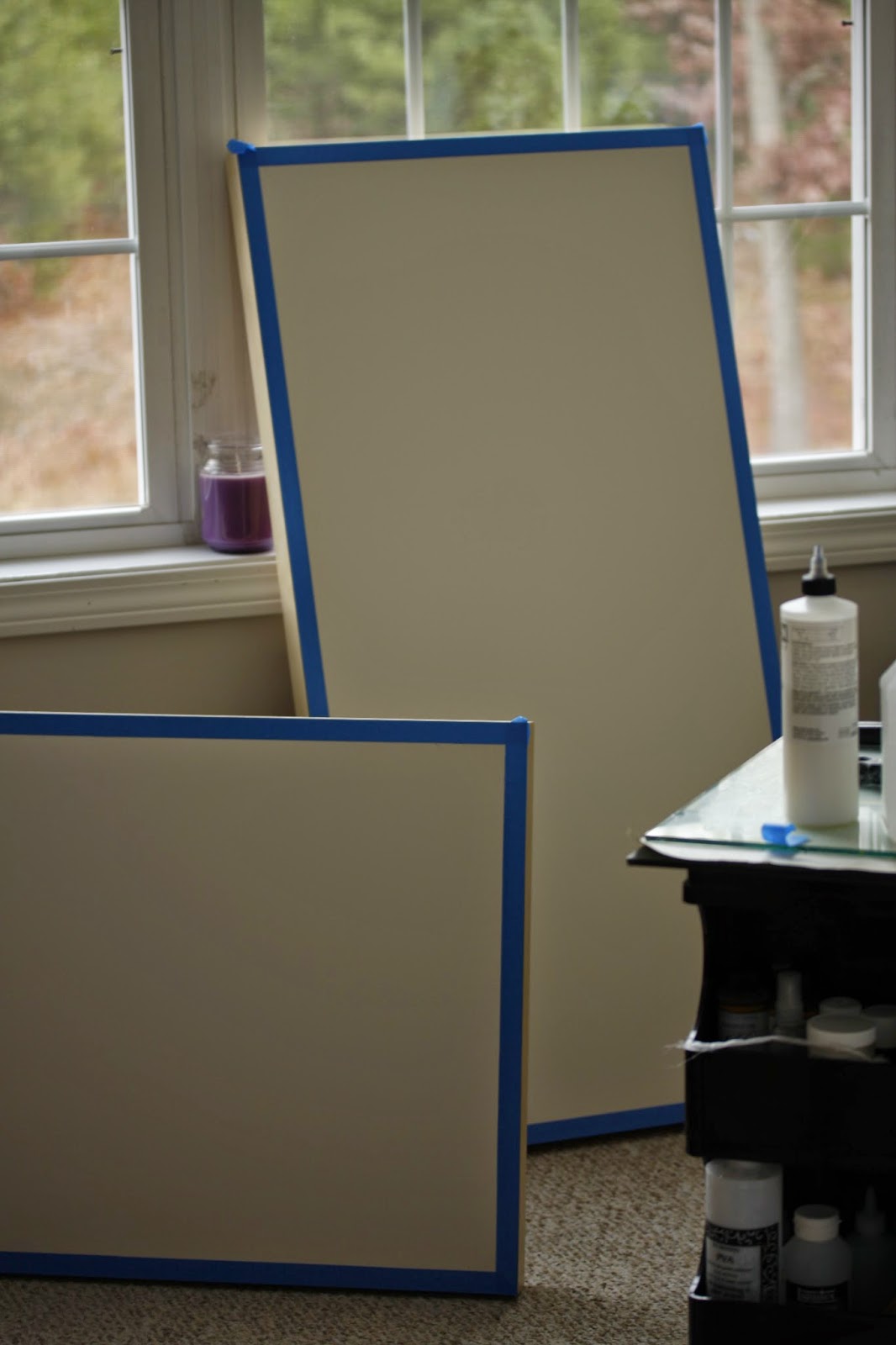
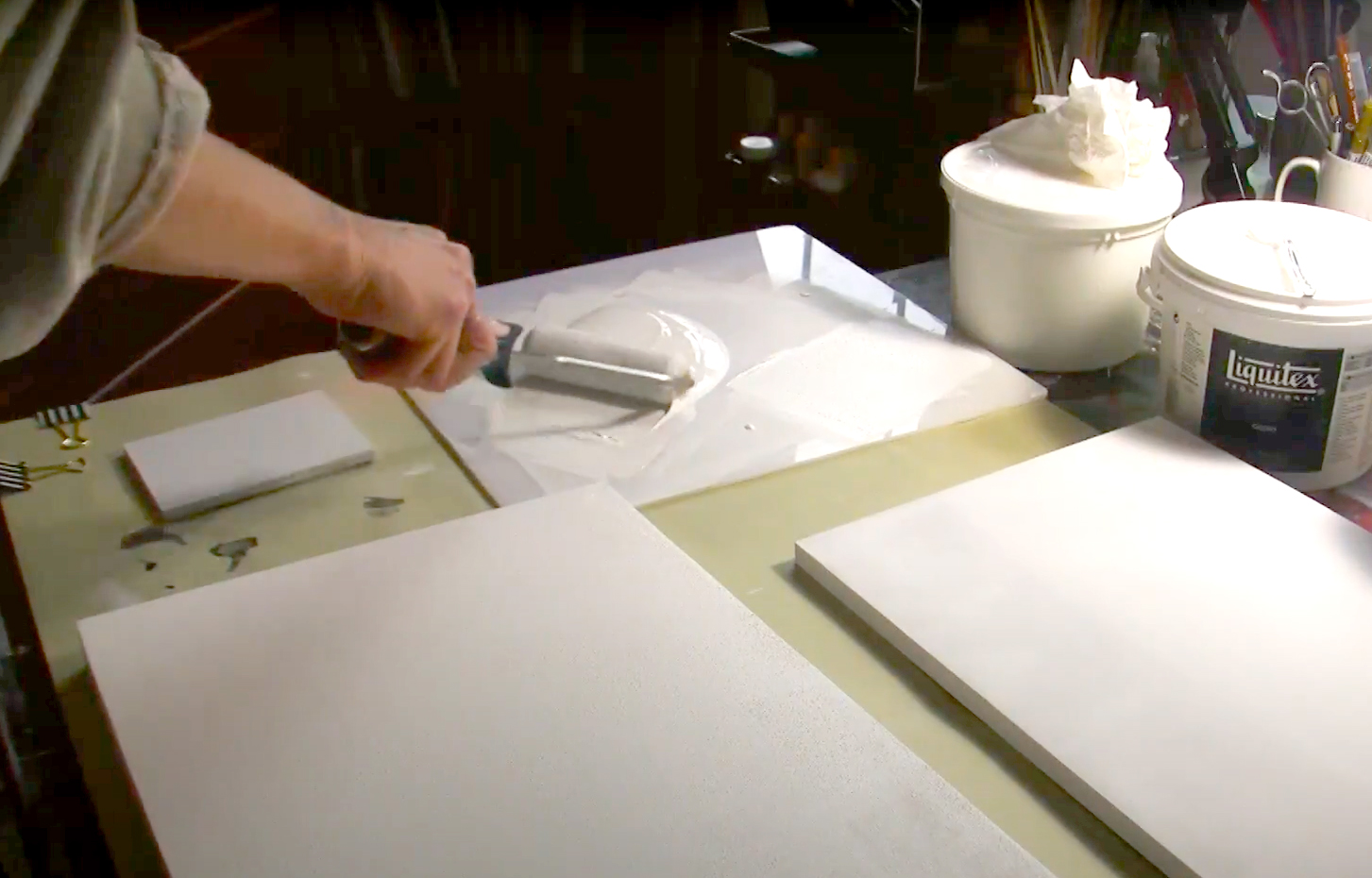
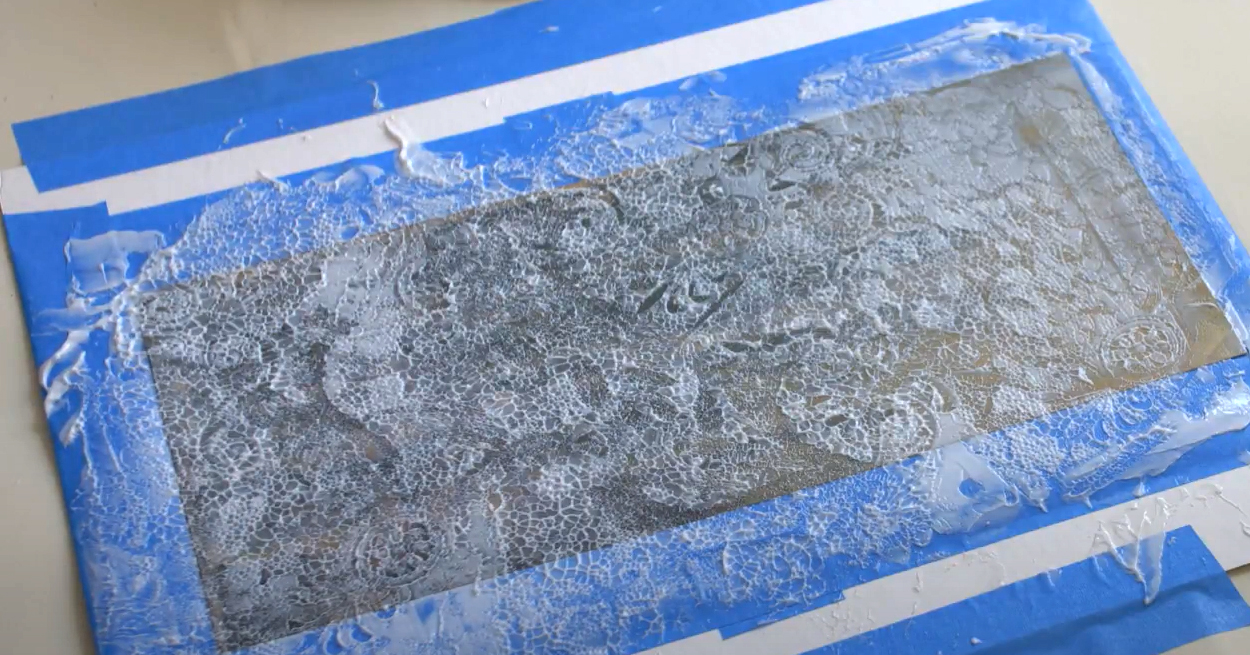
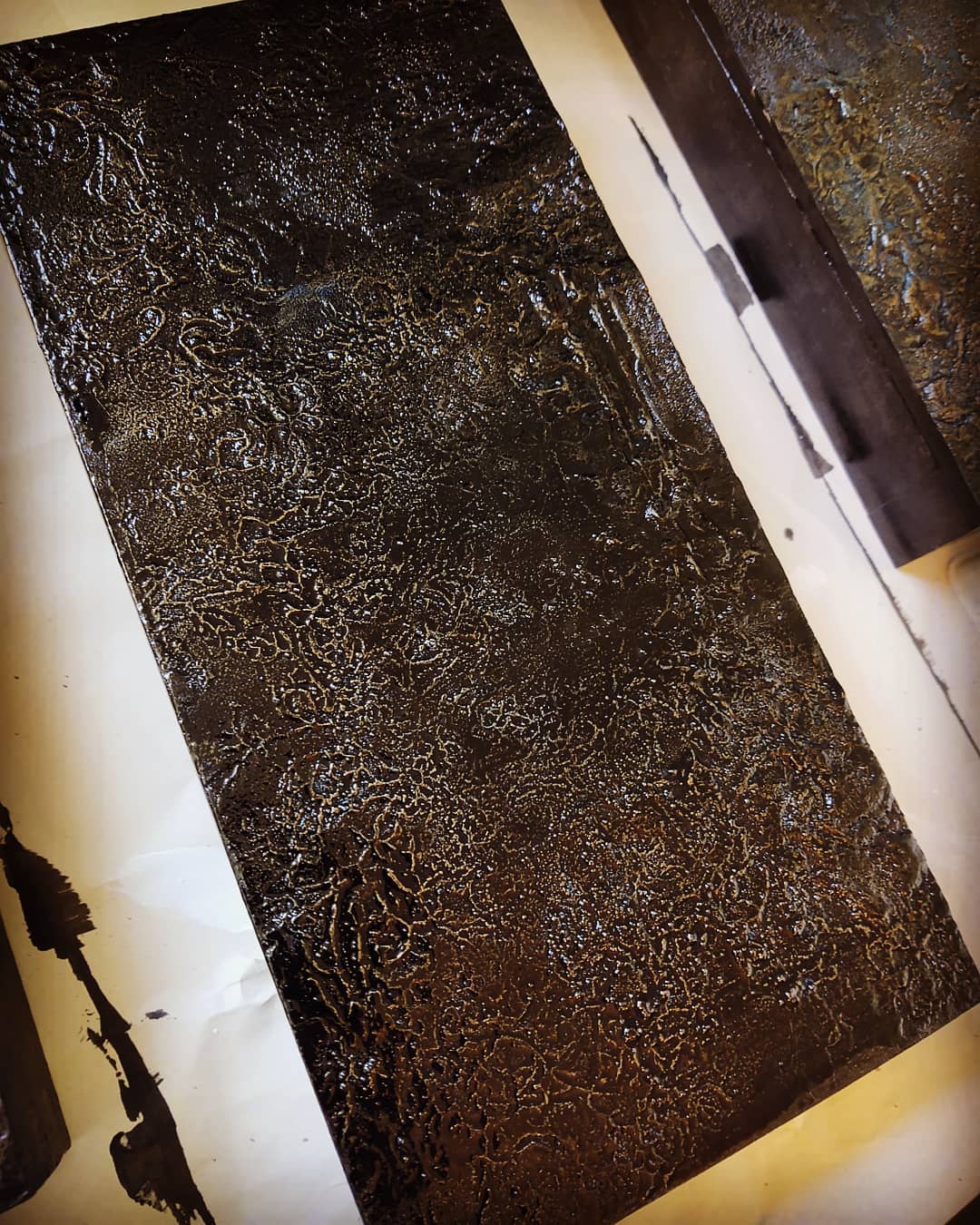
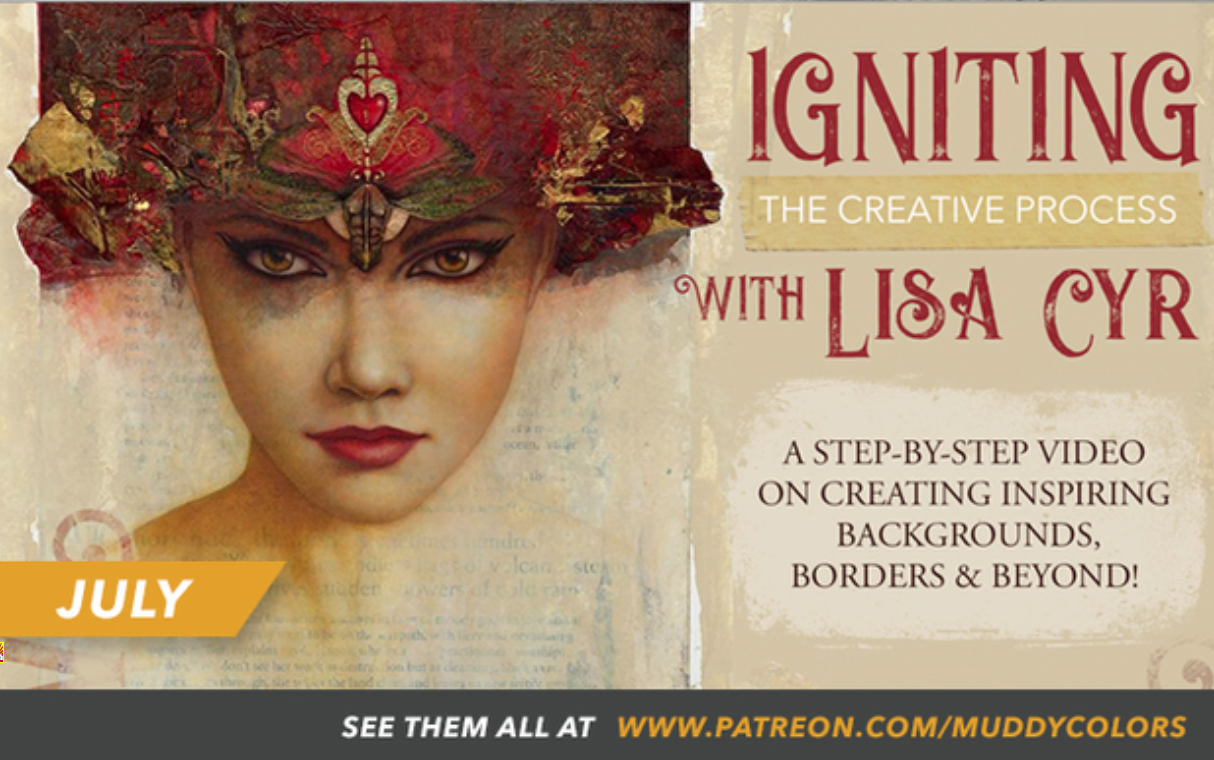

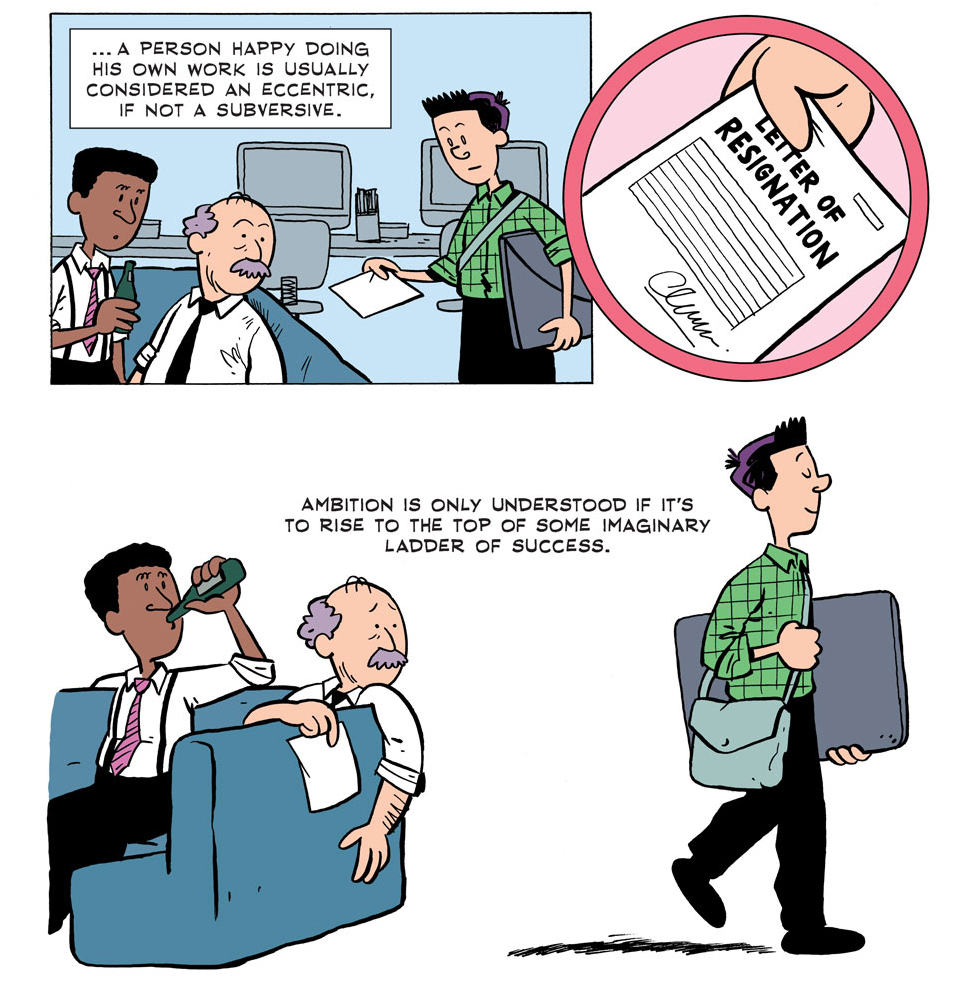
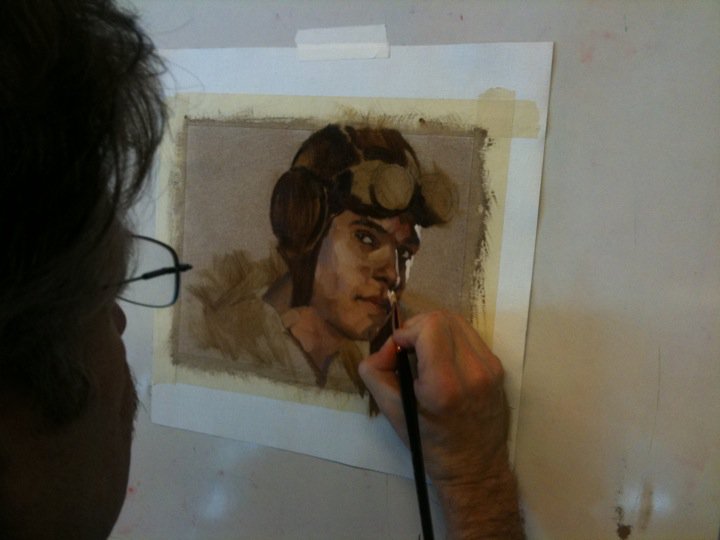
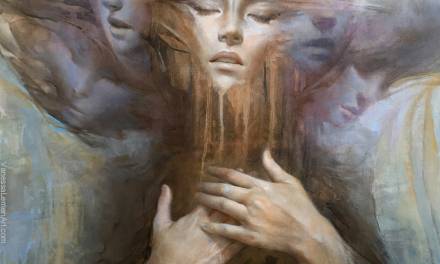
Another wonderful and educational article Lisa!
When I’m painting portraits l love to see the texture of the canvas show through, for abstracts I love seeing built up layers of paint and what the brayer and palette knives add, eventually I’d love to bring those techniques to some of my future portraits and explore how much further I can go.
You’re always a breath of fresh air for inspiration, thank you! 🙂
Thanks so much Brian!
very very very good!!
tnx for share this
You are so very welcome!